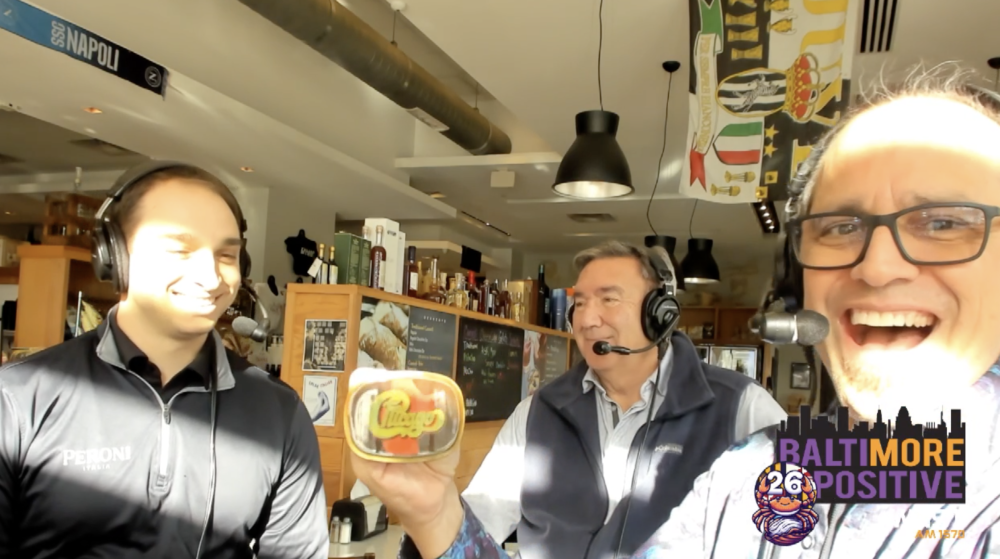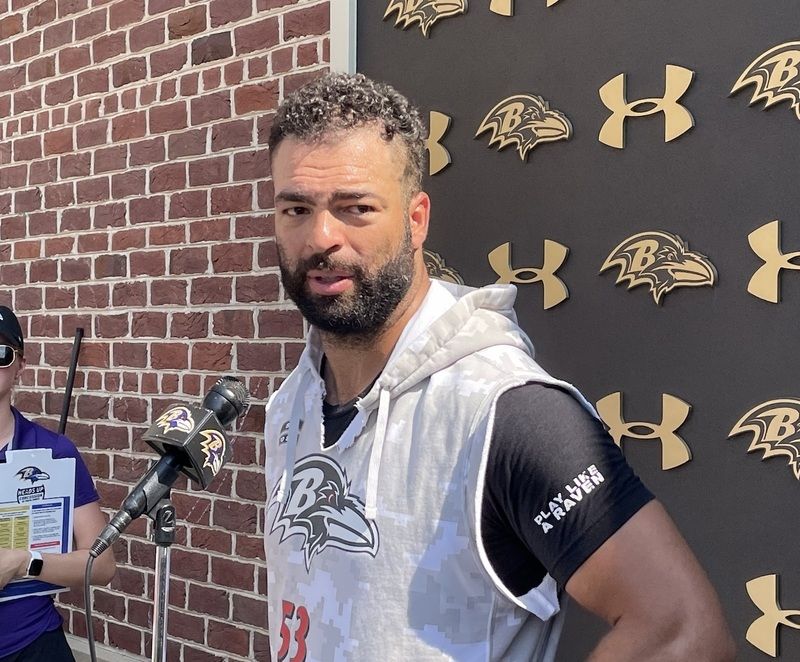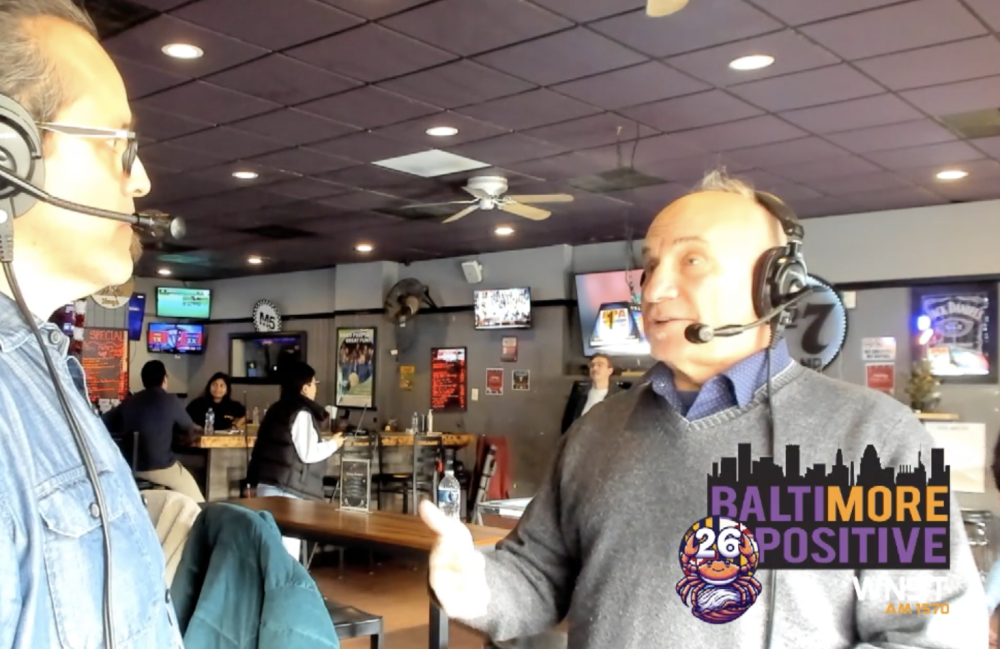Last spring, the question was whether shortstop J.J. Hardy would bounce back from a season in which he hit only nine home runs, by far his lowest total in four years with the Orioles.
A year later, the Orioles would gladly take his 2014 production — which still included a .268 average and a .682 on-base plus slugging percentage — after the worst season of his 11-year career in the majors in 2015. Playing all year with a torn labrum in his left shoulder and also dealing with back and groin issues, Hardy hit just .219 with eight homers, 37 RBIs, and an anemic .564 OPS.
The 33-year-old was a shell of the hitter who clubbed 25 homers and posted a .738 OPS just two years earlier as an All-Star Game starter and the AL Silver Slugger winner at shortstop.
With Hardy still owed $26.5 million over the next two years, manager Buck Showalter and the Orioles must figure out the best way to maximize the veteran infielder’s production, especially after he elected to rehab his shoulder in lieu of surgery this offseason. Hardy told reporters at FanFest in December that he underwent labrum surgery on the same shoulder when he was playing in the minor leagues and didn’t want to repeat a process that took 12 months until he felt like himself again.
The Orioles would be wise to adopt a plan similar to what the New York Mets intend to do with veteran third baseman David Wright, who is also 33. Mets general manager Sandy Alderson said over the weekend that Wright, who missed more than four months last season due to spinal stenosis, will play a maximum of 130 games in 2016 in hopes of keeping him fresh with scheduled days off.
Hardy’s shoulder injury coupled with chronic back issues over the last few years should make it an easy call for the Orioles to treat their shortstop in a similar fashion. Though he missed 48 games in 2015, 39 came with Hardy on the disabled list and he rarely received routine days off that weren’t related to injury, evident from the 59 consecutive starts he made from June 5 through Aug. 11.
With Gold Glove third baseman Manny Machado more than capable of playing his natural shortstop position and utility man Ryan Flaherty filling in at third, there’s no reason not to give Hardy routine days off over the course of a 162-game schedule at this point, especially if it helps keep him more productive at the plate.
More rest doesn’t mean Hardy will return to his pre-2014 levels of offense, but his strikeout rate increased from 11.3 percent in 2013 all the way to 20.1 percent in 2015. He’s also not pulling the ball (40.1 percent of the time in 2015 compared to his 44.5 percent career mark) or making hard contact (23.7 percent in 2015 compared to 29.9 percent in 2014) as frequently, according to FanGraphs.
Hardy’s rapid decline probably isn’t all because of injuries as middle infielders don’t age well historically, but the Orioles would be wise to do everything they can to keep him as productive as possible at the plate and in the field. That plan should no longer include the expectation of him playing every day.
If the Orioles can slow Father Time’s impact and Hardy can post numbers at least closer to what he did in 2014, the club will be better for it as he was worth 3.3 wins above replacement that season, according to Baseball Reference. The three-time Gold Glove winner posted a 0.0 WAR last season, and only his above-average defense (a 1.1 defensive WAR) neutralized his negative offensive value.
Even Hardy acknowledged that more scheduled days off would “probably” help his production when asked about the possibility in mid-December.
“It’ll be up to Buck,” said Hardy, who reiterated that he wants to play as much as he can if healthy. “If he puts me in there, I’m going to do what I can.”


























